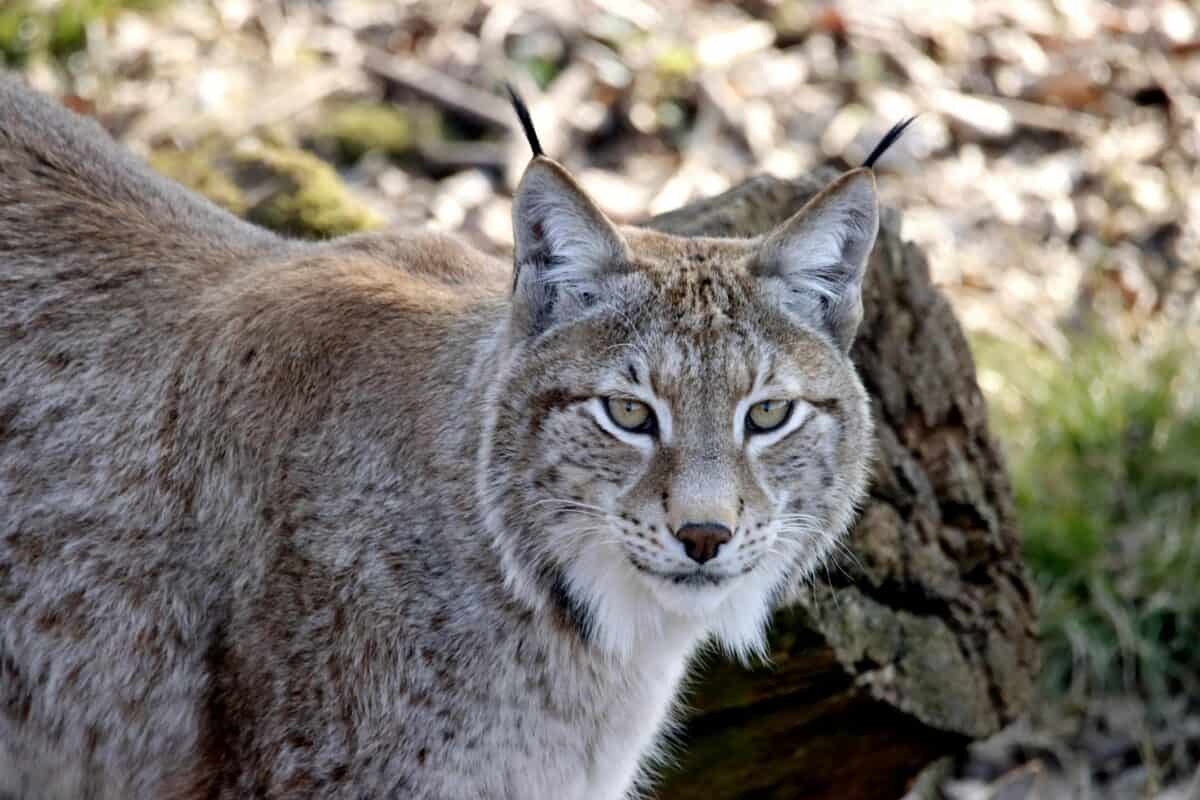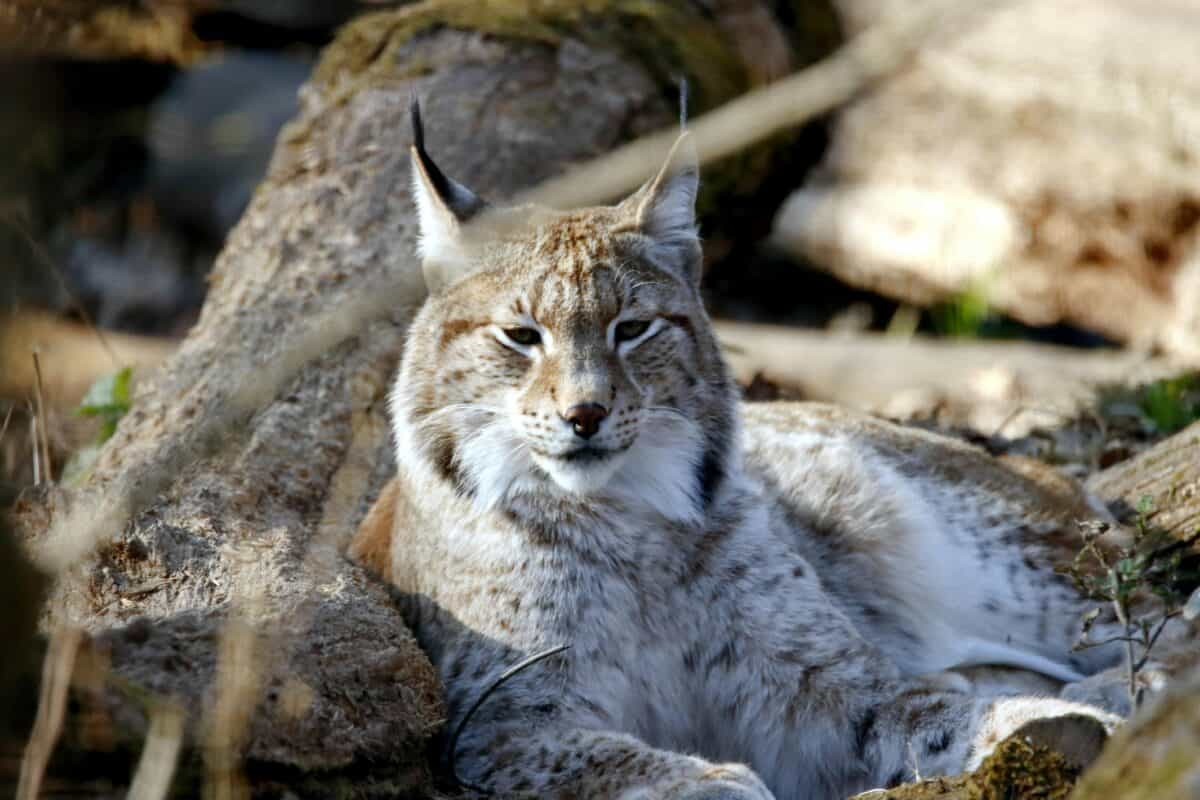In December 2024, a Canada lynx was captured on a trail camera in Rutland County, Vermont. It’s the first verified sighting in the state in about six years—and the southernmost confirmed sighting of the species in recent decades. While Canada lynx are more commonly found in the deep forests of Maine, Alaska, and Canada, this lone feline made an unexpected appearance in New England’s high country.
Experts believe it was likely a young male exploring new territory, possibly driven by hunger, competition, or instinct. Regardless of its motivation, the visit has excited biologists who study the elusive predator and see its return—even briefly—as a small conservation victory.
Built for the Snow, But Rarely Seen

The Canada lynx (Lynx canadensis) is a medium-sized wild cat that thrives in snowy, remote terrain. With its oversized paws acting like natural snowshoes, long legs, short tail, and distinctive ear tufts, the lynx is built for deep winter environments.
Despite their fierce look, lynx are quiet, shy animals that hunt primarily at night. Their main prey is the snowshoe hare, and the lynx population often rises and falls with hare numbers. They’re so specialized that when hares are scarce, lynx either move or die off.
These cats once ranged across the northern U.S., but habitat loss, climate shifts, and competition with more adaptable bobcats have pushed their numbers into serious decline in the Lower 48.
Why This Sighting Matters

This Vermont sighting is more than just a cool moment on a trail cam—it signals that forested corridors across the Northeast are still intact enough to support lynx movement. That’s a good sign for overall ecosystem health.
While just one animal, its presence suggests:
- Habitat restoration is working—even at the edge of the lynx range
- Climate hasn’t completely blocked dispersal—snow cover may still be sufficient in key areas
- Wildlife connectivity between Canada, Maine, and Vermont is possible when forests aren’t fragmented
But experts caution: this isn’t evidence of a resident population, just a sign that some individuals are still out there—and trying to find their way.
What’s Getting in the Way of a Comeback
Although promising, this sighting shines a light on the challenges lynx face in the Northeast:
- Climate change is eating away at snowpack, and without deep snow, lynx lose their edge over bobcats.
- Highways, logging, and development fragment forests, forcing lynx into smaller, more perilous areas.
- Competition with bobcats and coyotes—both more adaptable—makes survival tougher for lynx.
Their federal protection status has also been debated in recent years, complicating recovery plans.
What Can Be Done to Help
Even one sighting means we can take steps to make sure these animals have a chance. Here’s how Vermont (and other states) can support lynx:
- Protect and restore forest corridors to keep high-altitude terrain connected
- Use wildlife overpasses or culverts where highways cut through habitat
- Limit winter recreation and noise in lynx-sensitive areas
- Monitor snowshoe hare populations, which directly impact lynx survival
- Engage residents—report sightings, preserve habitat edges, and avoid disturbing remote areas
Every action adds up, especially for an animal this rare and specialized.
A Thoughtful Reminder
The brief return of the Canada lynx to Vermont reminds us how fragile—and yet how persistent—wildlife can be. These animals once roamed the Northeast with ease, and while their path back is uncertain, it’s not impossible. With smart conservation, habitat protection, and public awareness, the lynx might one day do more than visit. It could stay.
- Texas Turtles Risk Lives for Love During Spring Mating Season - August 20, 2025
- Spider Bites Florida Woman’s Face While Driving - August 10, 2025
- Bride Surprises Groom With Rescued Animals at Bachelor Party - August 7, 2025

